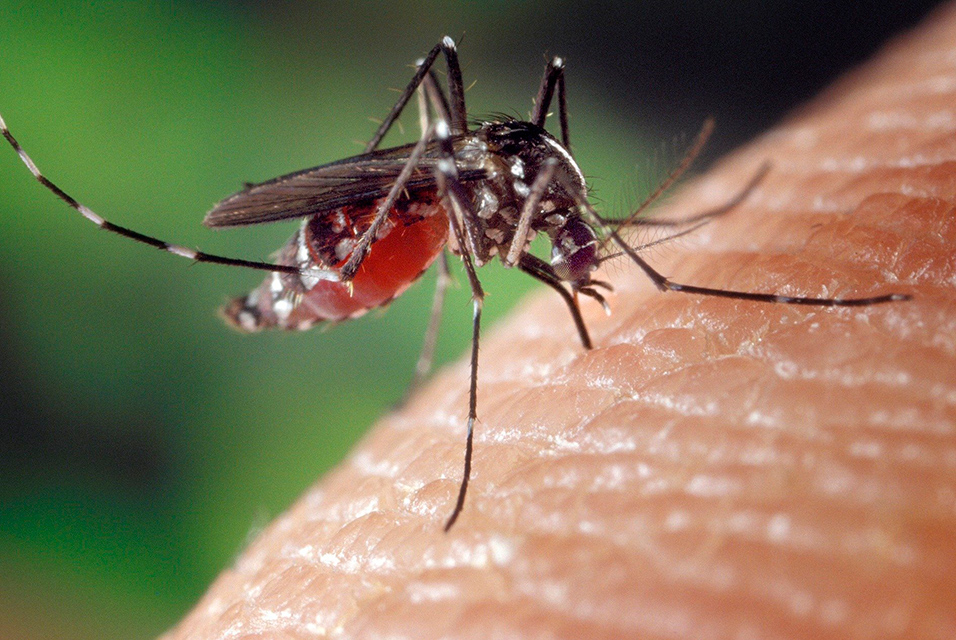BRISBANE.- Some therapies successful in treating rheumatoid arthritis (RA) may help us better understand how to treat people with debilitating mosquito-borne viral diseases, new
Griffith University research has found.
Chikungunya virus (CHIKV) and Ross River virus (RRV) are transmitted by mosquitoes, and infection causes severe arthritis, muscle pain and fever, and there are currently no specific drugs or therapies to prevent this.
"The disease caused by these viral infections bears several similarities with a form of auto-immune arthritis known as Rheumatoid Arthritis (RA),"' said lead author Dr. Ali Zaid from Menzies Health Institute Queensland.
"In severe RA, patients express high levels of an immune molecule called Interleukin-17 (IL-17), which is a target of new anti-arthritis drugs."
In two new studies, published in PLoS Pathogens and mBio, the researchers found IL-17 was also elevated during RRV and CHIKV infections.
In collaboration with Professor Roque Almeida from Federal University of Sergipe in Brazil, the research team analyzed serum samples from CHIKV-infected patients collected during the 2019 outbreak in northern Brazil and found that IL-17 levels were elevated in patients with acute disease, and more so in patients with chronic disease.
"When we looked at serum samples from Ross River virus patients from the Dubbo Infection Outcomes Study in collaboration with Professor Andrew Lloyd from the University of New South Wales, levels of IL-17 were also elevated, which prompted us to ask whether this molecule was driving disease,"' said Helen Mostafavi, whose Ph.D. project investigated the role of IL-17 in RRV infection.
"Using an experimental mouse model of viral arthritis, we found that targeting IL-17 in virus-infected mice improved disease and reduced inflammation. This suggests that some therapies successful in treating RA could be of potential benefit to treat people with alphavirus disease."
However, the authors found that a complete lack of IL-17 was not necessarily ideal: genetically modified mice that lack IL-17 showed an increase in viral RNA in the post-acute phase of disease—despite showing reduced inflammation.
Lead author Dr. Xiang Liu said the findings had implications for viral persistence and targeting IL-17 in alphavirus disease should be approached with caution.
In a separate study published in mBio, the authors investigated the role of a protein called TRIF, which cells use to "sense" viral RNA and start a strong antiviral response, which alerts neighboring cells.
Using genetically modified mice that lack the TRIF protein, the authors found that TRIF was needed to help generate neutralizing antibodies against RRV.
"This was surprising because we knew that TRIF was very important in early antiviral responses (i.e., soon after infection), but we found this molecule was also important in supporting antibody responses that provide long-term immunity and reduce persistent viral infections,"' Dr. Liu said.
"These findings give new insights into how different arms of the immune response cooperate to ensure long-lasting defense against viruses like CHIKV and RRV and will pave the way into the development of new immunotherapies to treat these diseases."









